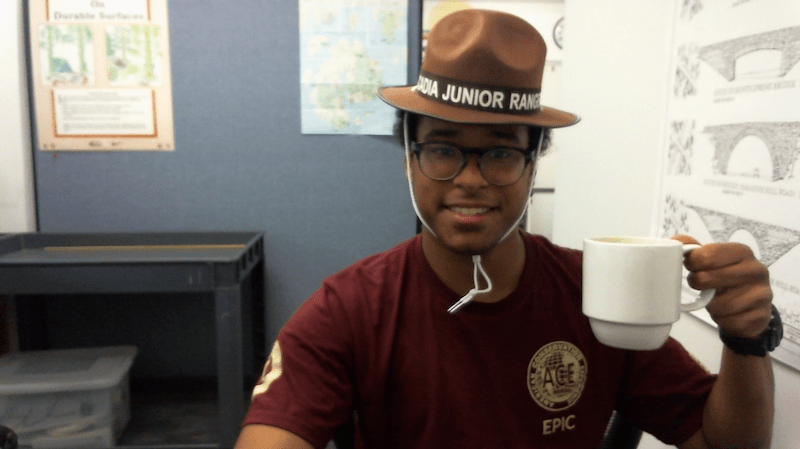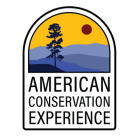My Summer Down East
Written by: Seikou Sanneh

As my position is wrapping up, I want to reflect on the experiences I have gained. I am currently working on my end presentation, and I wanted to share my takeaways with you.
My experience has been phenomenal, with lots of interesting stories, fantastic hiking, and amazing programs, all of which is new to me. I set out with the goals of:
- Develop content for staff that highlights diverse story of Acadia National Park (ANP)
- Highlight and share stories of marginalized groups which are “under told”
- Promote ANP as a space that welcomes all
- Increase interest in NPS among underrepresented groups
My goals have helped guide me through my position. I achieved the first two through my research. This included looking at POC, LGBTQ+, women, and other marginalized groups in the history of the park. One interesting story I found is that of Frederick Allen, who was the first person of African descent to own land on the island that now is home to Acadia. I found a picture from a database of his home’s location, right off Red Rock Corner, in fact, this area used to be called negro point, which solidifies the connection to Allen. As far as my goal of promoting Acadia as a place that welcomes all, it is more complicated. I used social media posts to promote the park and noticed a bit of unexpected controversy. My first post, my intro, seemed to have been panned by older followers of the park because of my use of pronouns (he/him). I think this is representative of an older generation who are attached to the American Exceptionalism narrative and have trouble with welcoming new ideas or perspectives into their park experience. This highlights a need for more demonstration of allyship with the LGBTQ+ community, so visitors are more aware of our support for that community and aren’t surprised at things like pronouns showing up on our social media. The second post that was controversial was the French American heritage post. This one I must agree with, as I structured the post in a way that made it seem like the park was pushing a colonial narrative, disregarding the Wabanaki’s presence for thousands of years. I learned from that post that I must be extra careful with sensitive content, and that consulting subject experts for clarification on my wording doesn’t hurt.

Besides the social media, I have been working with the cultural resources division, spending about a day a week. One of the stories that popped up during this time was the Job Corps. This was a racially integrated conservation corps whose center was located at current Acadia national park headquarters. In fact, the building I slept in were dorms for the job corpsmen, and the office I work in was used and built by them. Their gymnasium was turned into our current maintenance facility. The fact that I was living in the silhouette of this amazing and yet unknown corps. I am currently working on doing Historical documentation on the building, as it is due to be torn down within the next year or so.
Overall , this summer has taught me to question my own bias, and to understand stories as important ideological tools in places where there is a developing narrative.
Interested in learning more about American Conservation Experience, including our programs – Conservation Crew and Emerging Professionals in Conservation? If so, click here to check out our resources, media, and to apply online.
